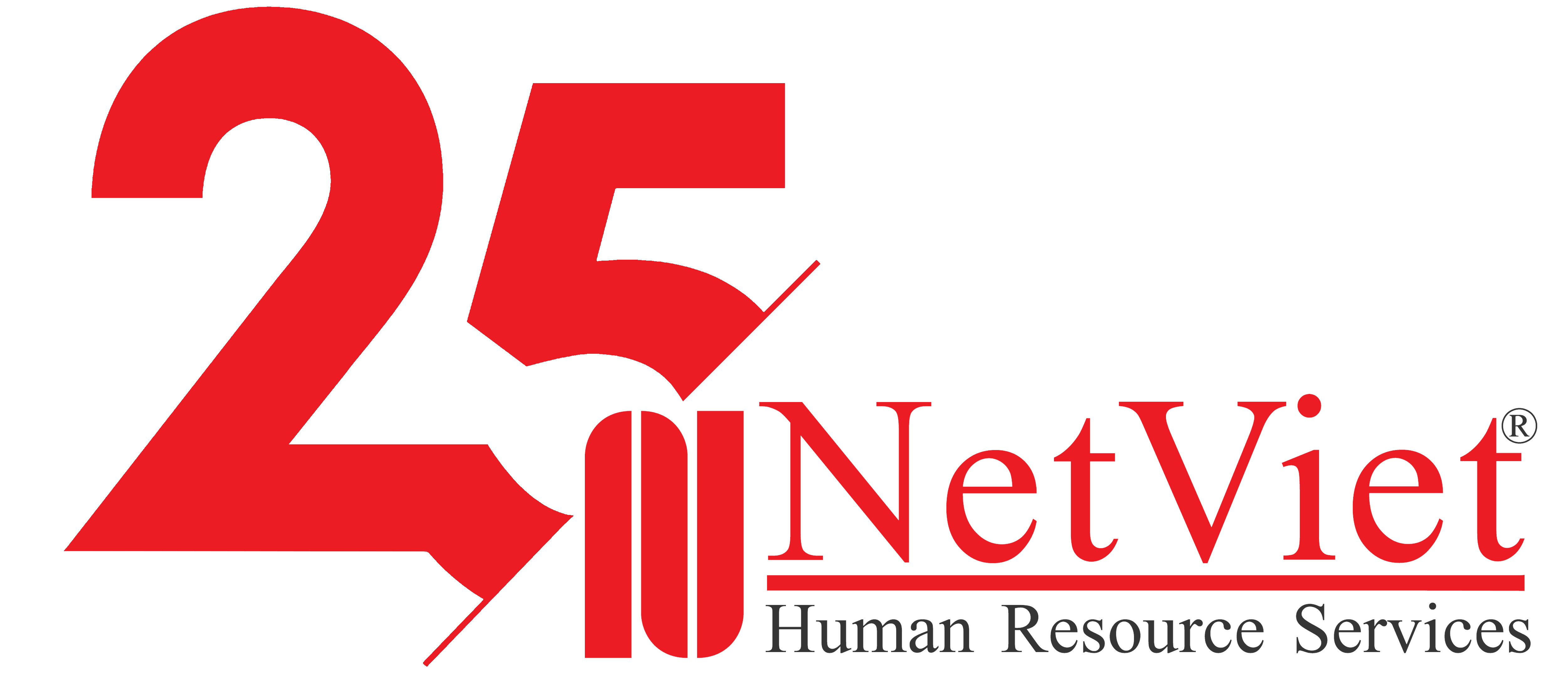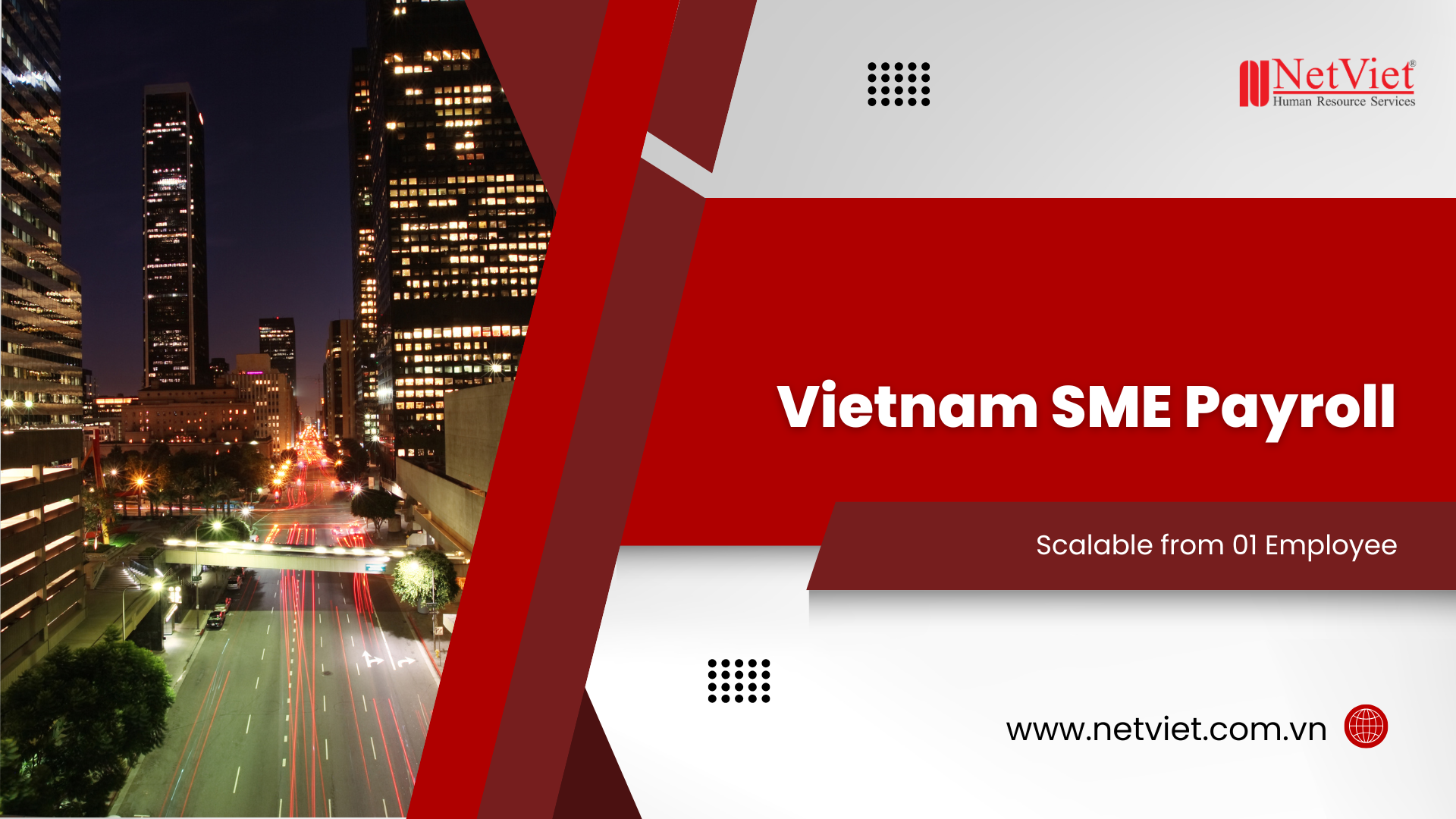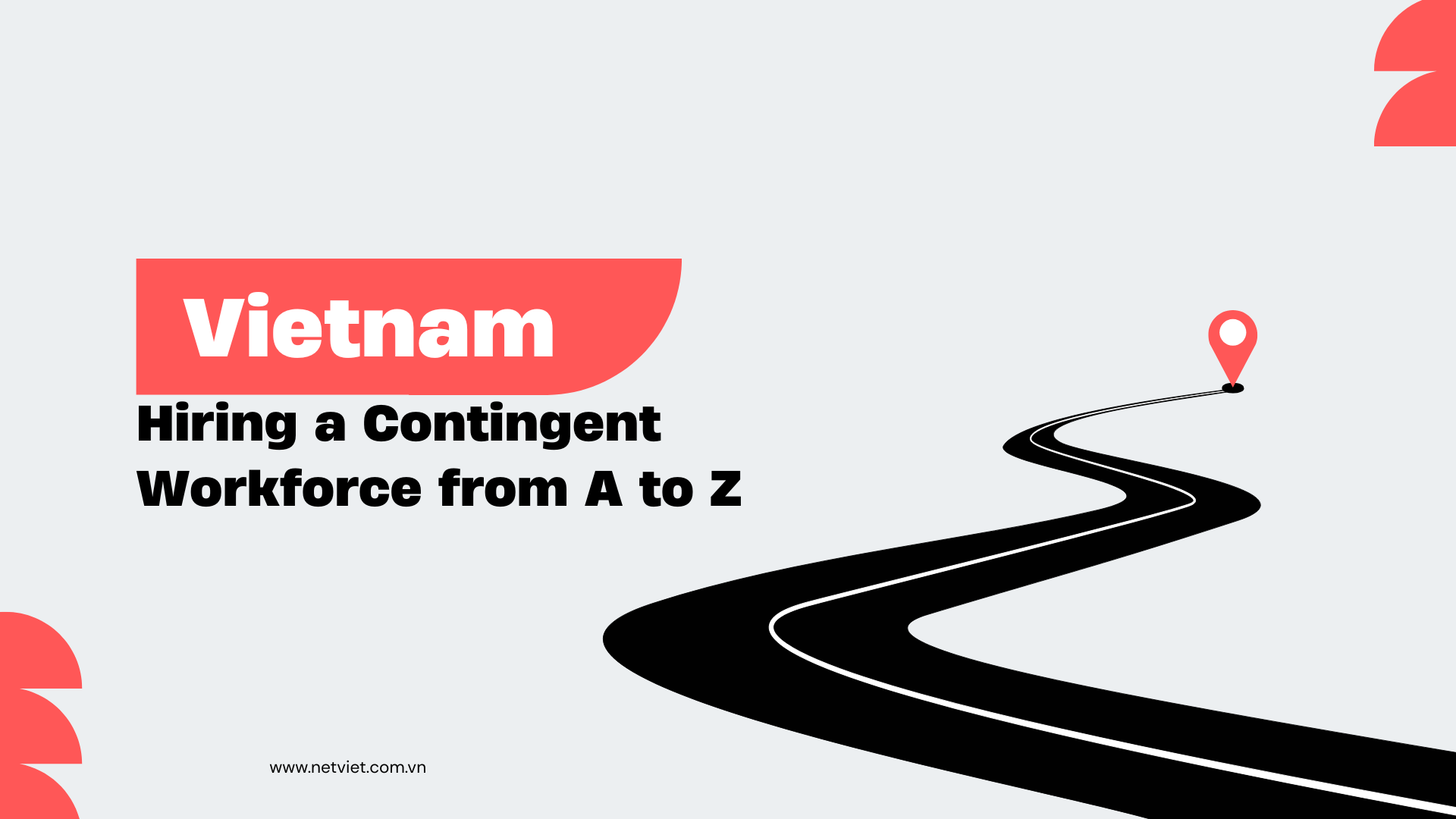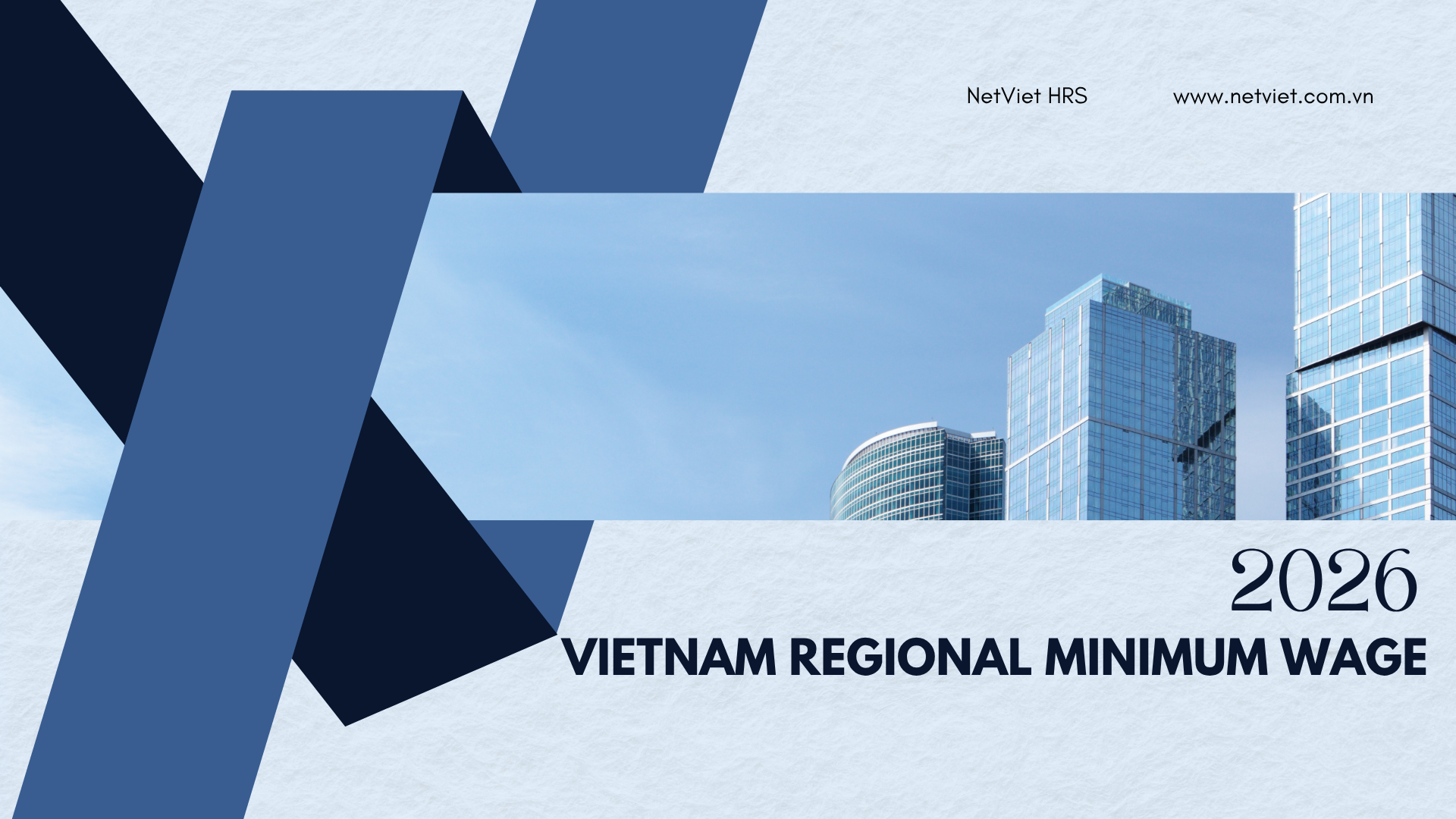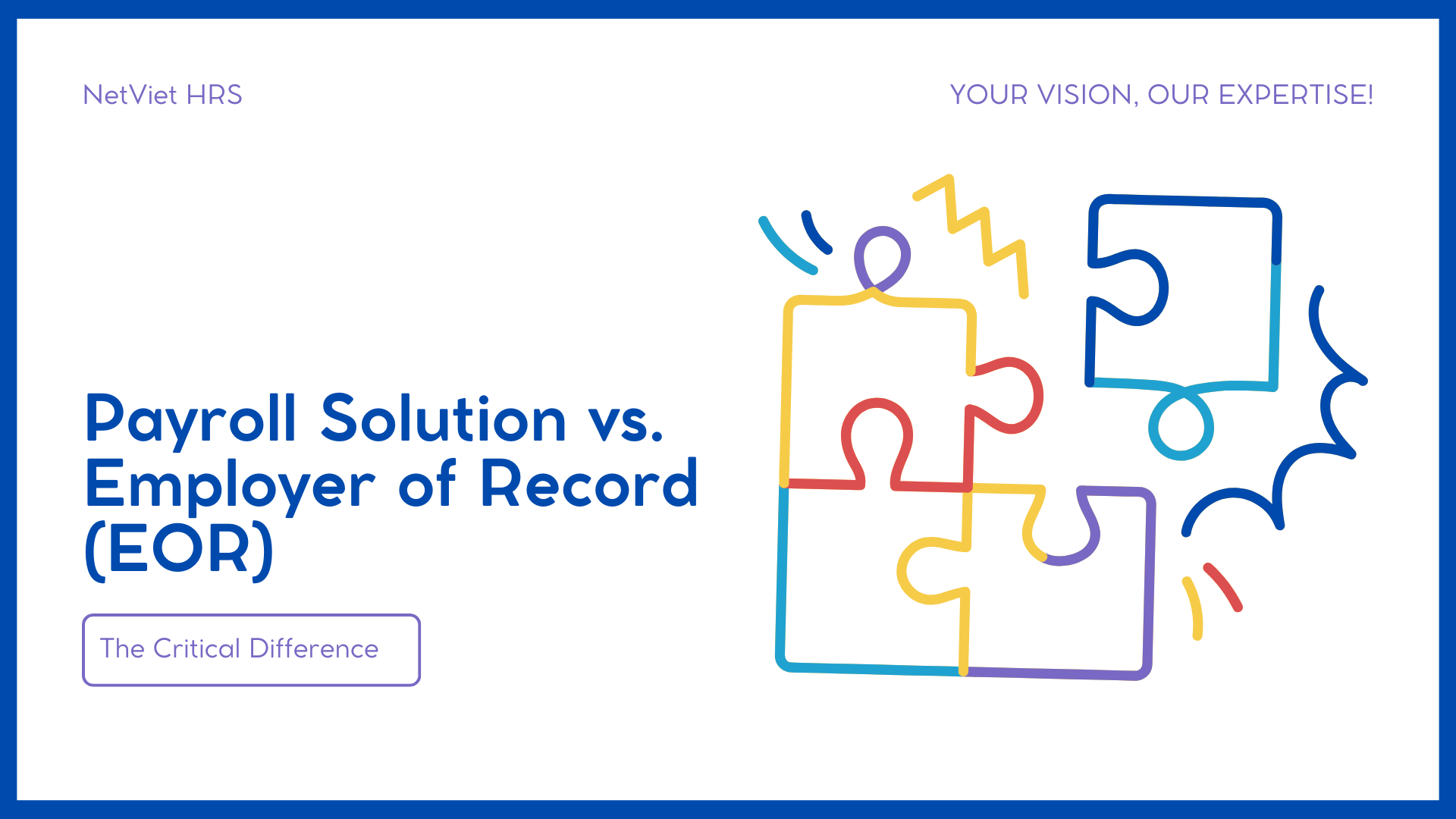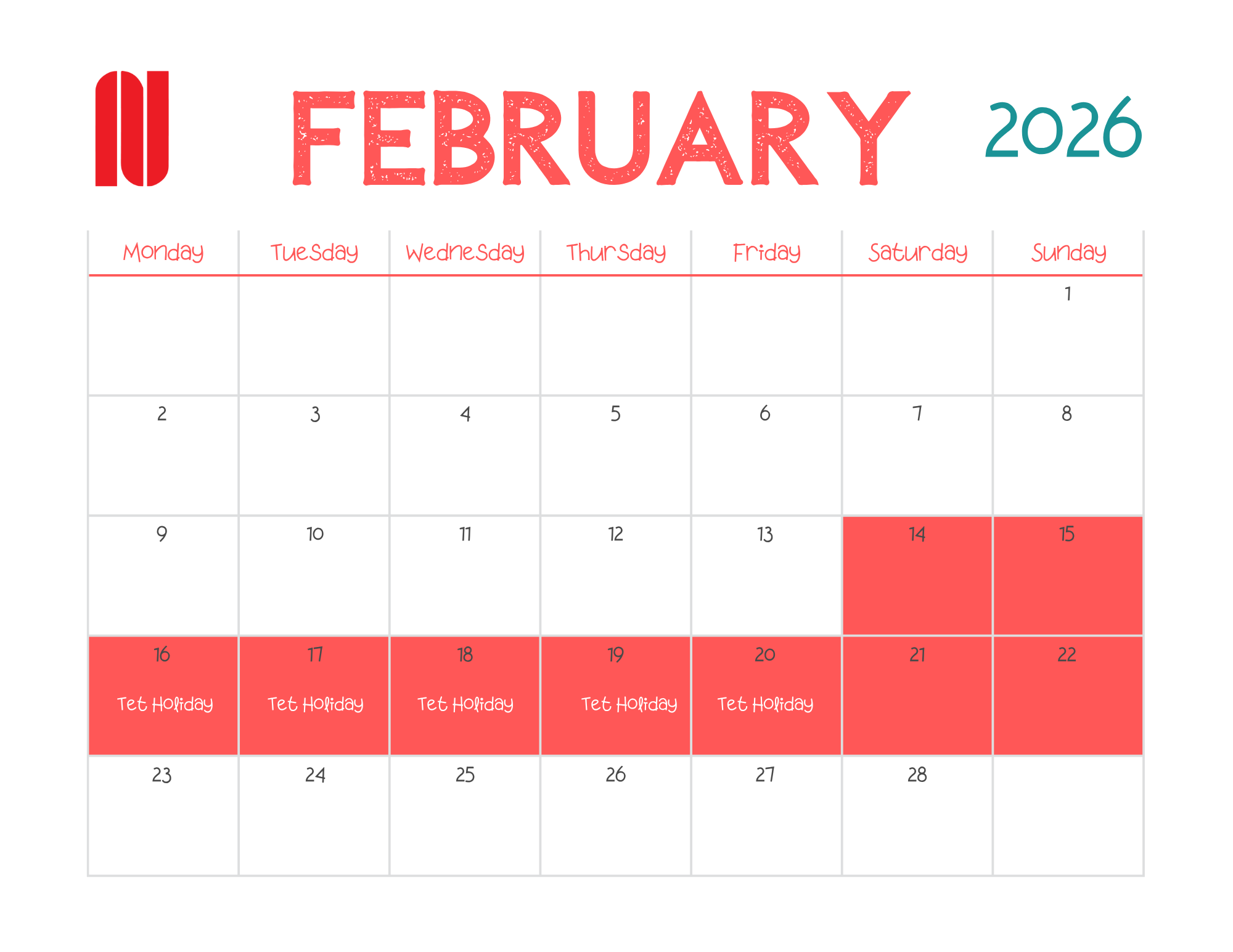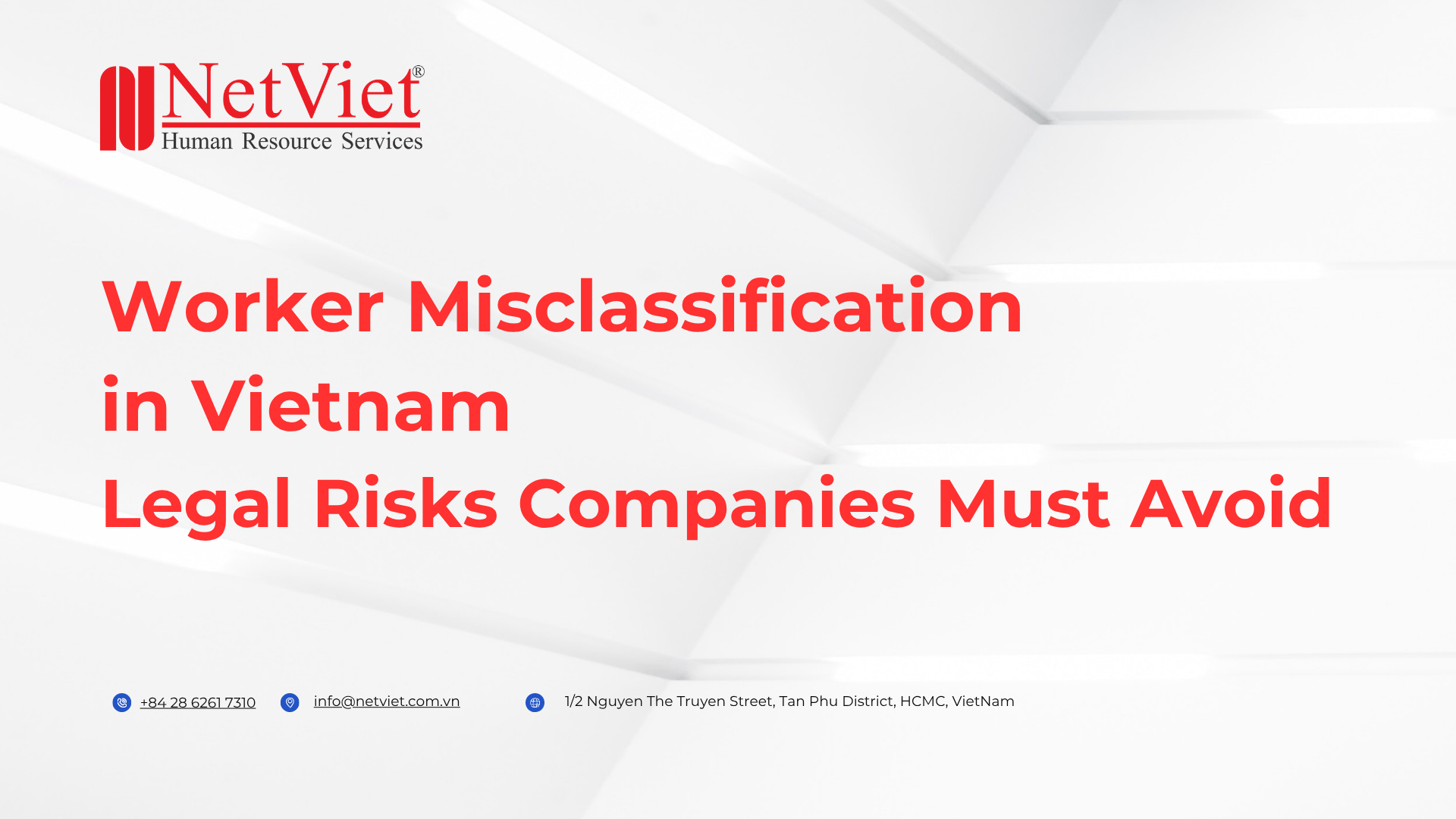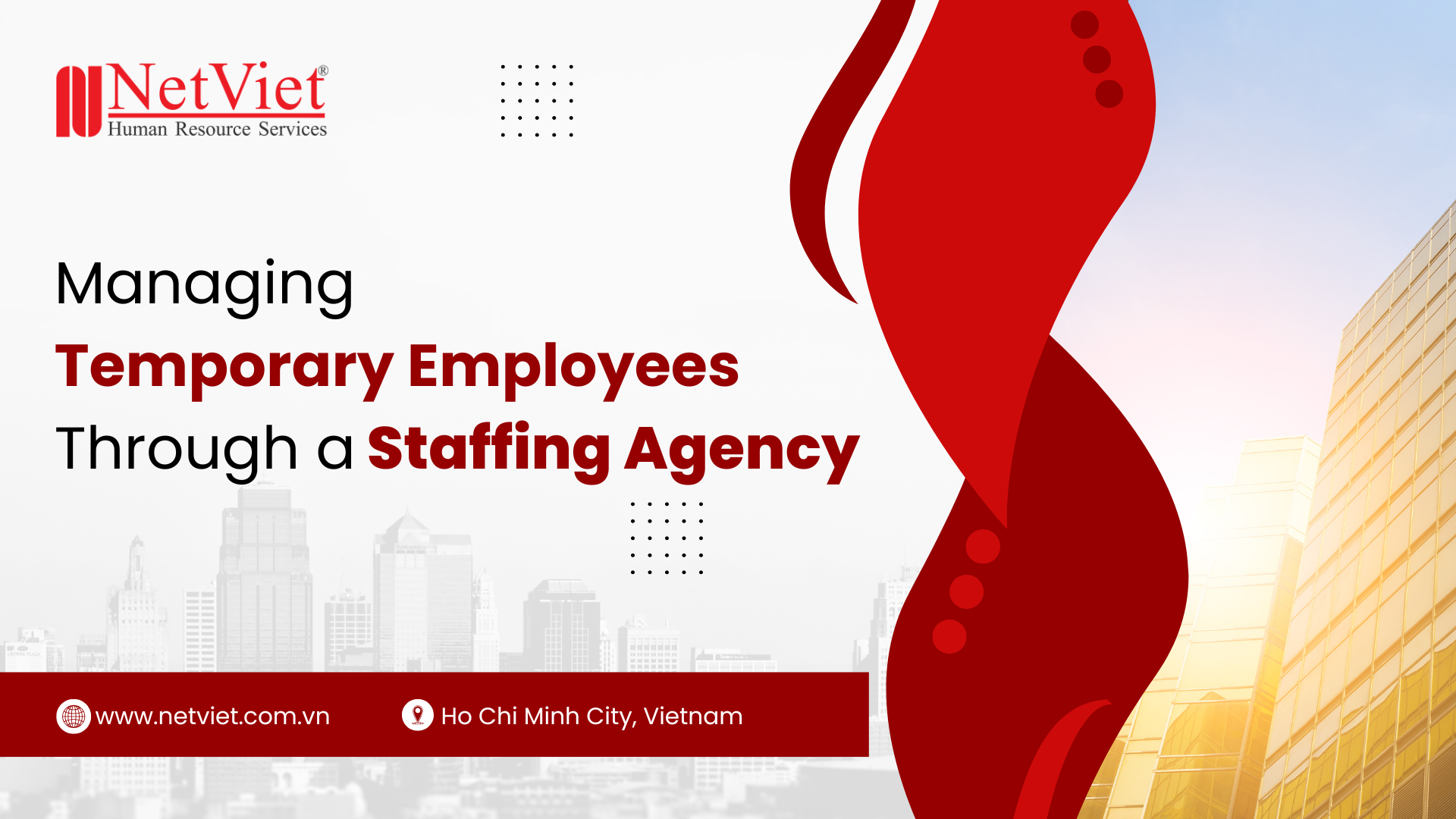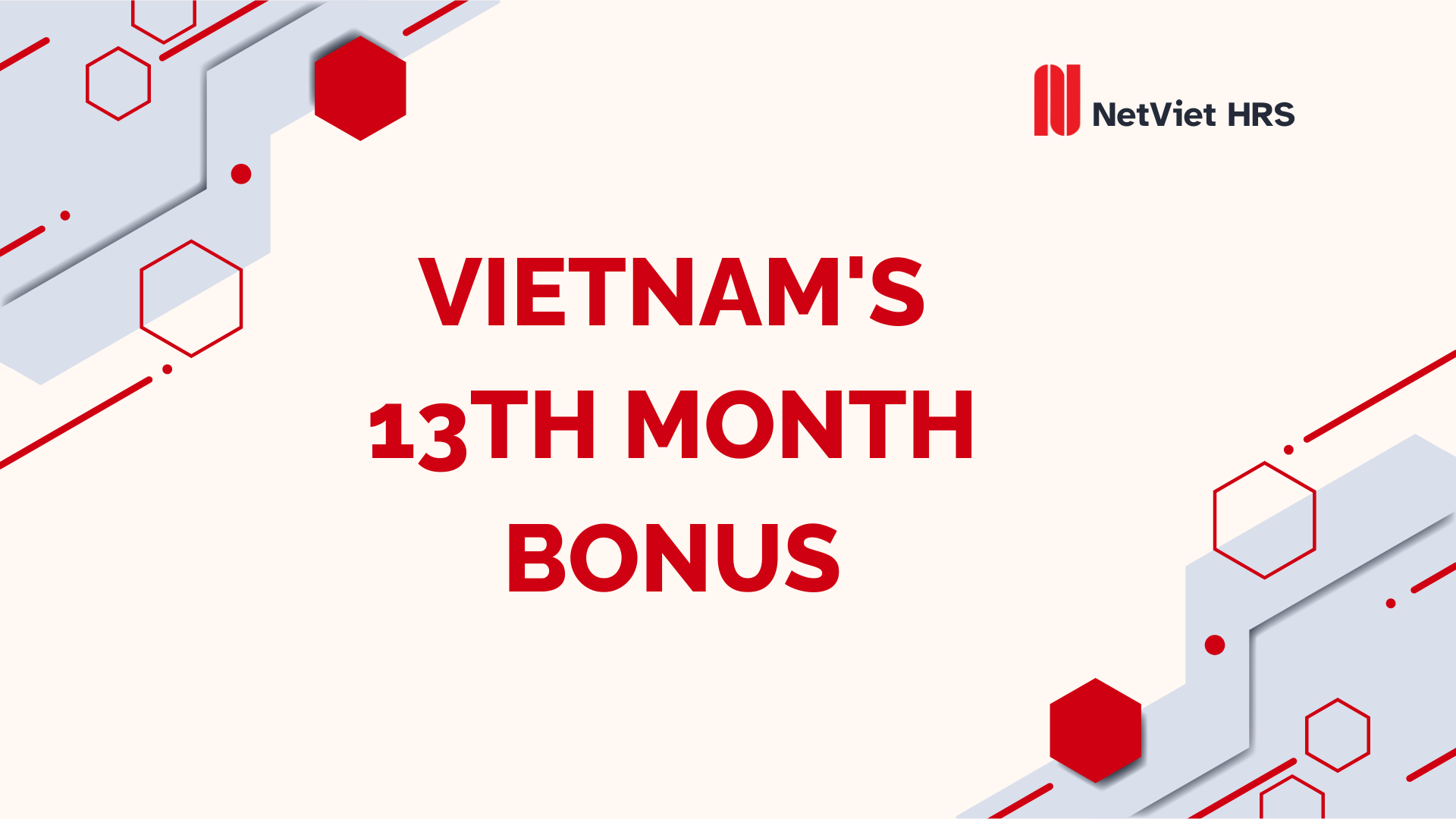Picture: Getty Images
Contents
ToggleIntroduction
Digital intrusions in the workplace have become a growing concern. Excessive messaging apps, work-related social media, and constant monitoring tools can harm employees’ mental health, work-life balance, and overall well-being. To address this issue, it’s crucial to understand the various forms of digital intrusions and their consequences, as well as implement strategies to minimize their impact.
Defining Digital Intrusions
Digital intrusions can manifest in various ways. One common example is the overuse of messaging apps for work-related communication. While these tools can facilitate collaboration, excessive notifications, and constant pinging can create a sense of constant connectivity, hindering employees’ ability to truly switch off.
Another concern is the increasing use of work-related social media platforms. Employees may feel pressure to maintain a constant online presence, even outside of work hours, blurring the lines between personal and professional life.
Additionally, the proliferation of employee monitoring tools has raised privacy concerns. While these tools can serve legitimate business purposes, excessive monitoring can create a sense of distrust and micromanagement, leading to decreased employee morale and productivity.
The Impact on Employees
The constant barrage of digital intrusions can harm employees’ mental health and well-being. Studies have shown that excessive work-related communication can lead to increased stress, anxiety, and even burnout. When employees are unable to truly disconnect, it becomes difficult to maintain a healthy work-life balance, resulting in feelings of exhaustion, resentment, and decreased job satisfaction.
Moreover, digital intrusions can erode trust between employees and their employers. When employees feel constantly monitored or pressured to be available at all times, it can create a sense of distrust and micromanagement. This can lead to decreased job satisfaction, lower morale, and increased turnover.
Case Studies
The negative consequences of digital intrusions can be seen in numerous real-world examples. For instance, a recent study by the Harvard Business Review found that employees who were constantly connected to work emails and messages were more likely to experience higher levels of stress, exhaustion, and work-family conflict.
Another example is the case of a tech company that implemented a strict policy requiring employees to be available for work-related communication 24/7. This policy led to widespread dissatisfaction among employees, who felt that their personal lives were being invaded. The company eventually had to revise its policy to provide employees with more flexibility and time off.
Best Practices for Employers
While digital tools can be valuable for improving productivity and collaboration, it is essential for employers to establish clear guidelines and expectations regarding their use. By implementing best practices, employers can help to minimize digital intrusions and create a healthier work environment.
- Establish clear communication guidelines.
- Provide training on appropriate digital usage.
- Respect employees’ personal time and boundaries.
- Encourage healthy work-life balance practices.
Conclusion
The increasing prevalence of digital intrusions in the workplace presents significant challenges for both employees and employers. By understanding the potential negative consequences of these intrusions and implementing best practices, employers can create a healthier, more respectful work environment. By prioritizing employees’ well-being and respecting their right to disconnect, employers can foster a culture of trust, productivity, and job satisfaction.
______________
NetViet offers comprehensive HR solutions for businesses entering or expanding in the Vietnamese market. Established in 2000, NetViet provides expert, seamless, and compliant HR solutions.
Follow NetViet for the latest industry updates and more:
- Phone: +84 28 6261 7310
- Email: info@netviet.com.vn
- Website: www.netviet.com.vn
- Facebook | LinkedIn | Twitter
